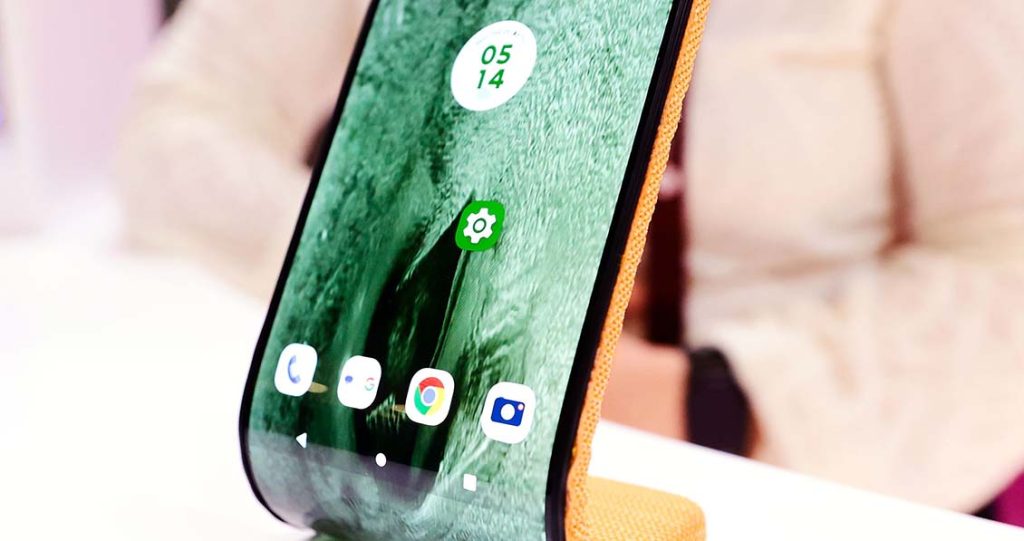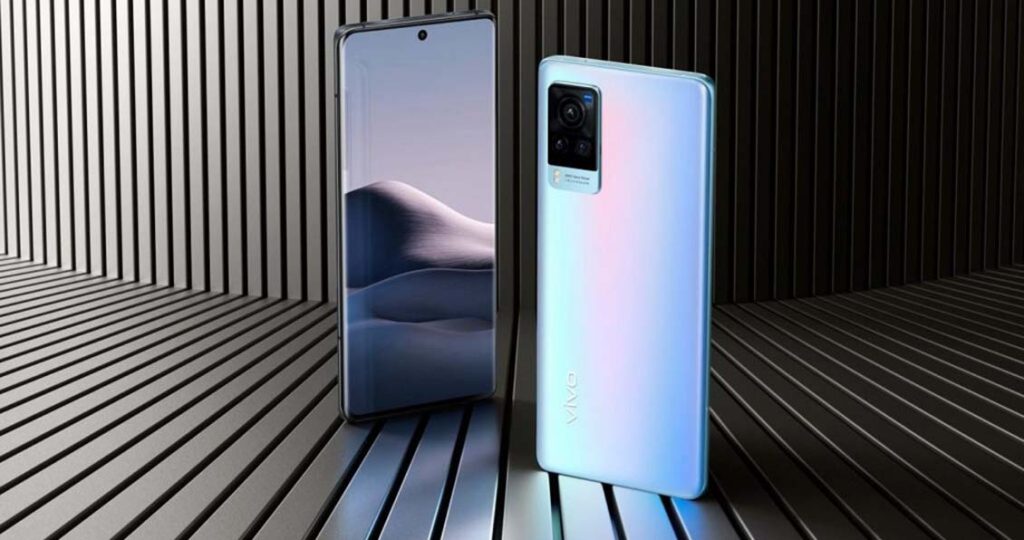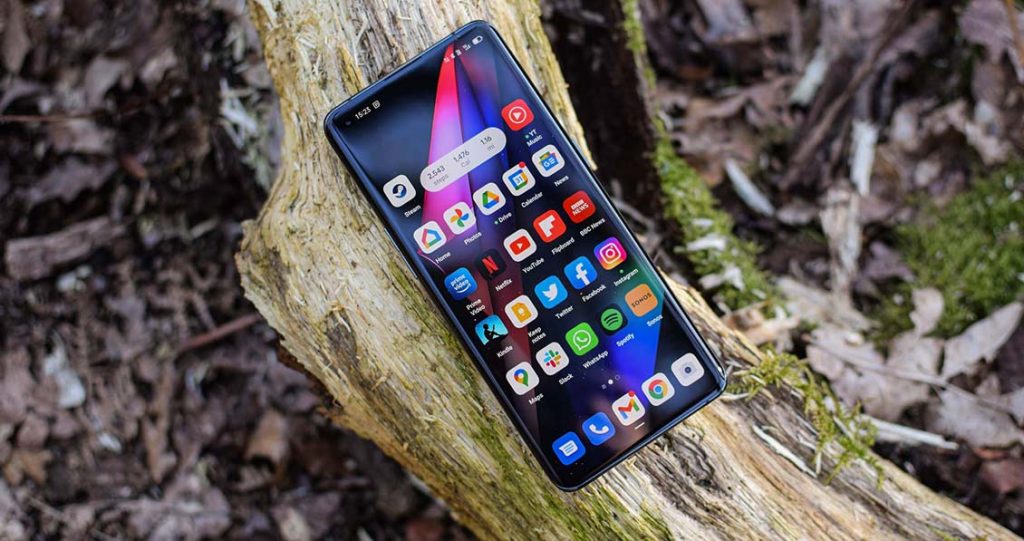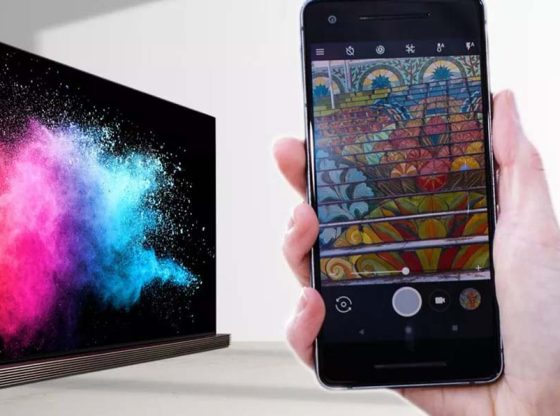In the ever-evolving world of smartphones, display technology plays a critical role in shaping user experience. Whether you’re scrolling through social media, watching a movie, or gaming, the screen quality significantly impacts your satisfaction. Terms like AMOLED, OLED, Super AMOLED, and LTPO AMOLED are often thrown around in marketing materials, leaving consumers confused. What do these terms mean? How do they differ? This article dives deep into the world of smartphone displays to unravel the mysteries behind these technologies.
1. The Foundation: What is OLED?
OLED stands for Organic Light-Emitting Diode. It is a display technology that uses organic compounds to emit light when an electric current passes through them. Unlike traditional LCD (Liquid Crystal Display) panels, OLED displays do not require a backlight. This results in thinner, lighter screens with better contrast and energy efficiency.

Key Characteristics of OLED:
- Self-Emissive Pixels: Each pixel generates its light, allowing for true blacks as individual pixels can turn off completely.
- Higher Contrast Ratios: OLED panels offer infinite contrast ratios due to the ability to turn off pixels.
- Vivid Colors: Colors appear more vibrant and saturated.
- Flexibility: OLED panels can be flexible, enabling curved and foldable displays.
Common Applications
OLED is widely used in premium smartphones, smart TVs, and wearables. Devices like Google’s Pixel series and Apple’s iPhones have embraced OLED technology for its superior image quality.
2. What Sets AMOLED Apart?
AMOLED stands for Active-Matrix Organic Light-Emitting Diode. It builds upon OLED technology by adding a thin-film transistor (TFT) layer. This active matrix system allows individual pixels to be addressed more quickly and efficiently, resulting in faster refresh rates and better performance.

Advantages of AMOLED:
- Improved Efficiency: The active matrix reduces power consumption by addressing only the pixels in use.
- Faster Response Times: Essential for high-performance tasks like gaming.
- Better for Dynamic Content: Smooth motion and vibrant images make it ideal for multimedia.
Drawbacks:
- Burn-In Issues: Prolonged use can lead to static images burning into the screen, though modern technologies mitigate this.
- Cost: AMOLED panels are more expensive to manufacture than standard OLED.
3. Super AMOLED: The Samsung Edge
Super AMOLED, a term coined by Samsung, is essentially an advanced version of AMOLED. It integrates the touch-sensitive layer directly into the display rather than layering it on top, making the screen thinner and more responsive.
Features of Super AMOLED:
- Enhanced Brightness: Samsung’s panels are renowned for their brightness levels, making them great for outdoor visibility.
- Reduced Reflectivity: Improved visibility under direct sunlight.
- Energy Efficiency: Further optimization for reduced power consumption.
Devices Using Super AMOLED:
Samsung Galaxy devices, from mid-range A-series to flagship S-series and Z Fold models, heavily feature Super AMOLED technology.
4. LTPO AMOLED: The Future of Displays
LTPO (Low-Temperature Polycrystalline Oxide) AMOLED is the cutting-edge iteration of AMOLED technology. LTPO introduces variable refresh rate capabilities, allowing the display to dynamically adjust its refresh rate based on the content.

Why LTPO Matters:
- Battery Savings: By reducing the refresh rate during static content, LTPO AMOLED can significantly extend battery life.
- High Refresh Rates: Seamlessly transitions from 1Hz to 120Hz or higher, offering smooth motion for gaming and video while conserving energy during static use.
- Premium Experience: Found in flagship models like the iPhone 15 Pro Max and Samsung Galaxy S24 Ultra.
Devices Featuring LTPO AMOLED:
- Apple iPhone Pro models (13 Pro onwards)
- Samsung Galaxy S and Z Fold series
- Google Pixel 8 Pro
5. Comparing the Technologies
| Feature | OLED | AMOLED | Super AMOLED | LTPO AMOLED |
|---|---|---|---|---|
| Pixel Lighting | Self-emissive | Self-emissive | Self-emissive | Self-emissive |
| Brightness | Standard | High | Very High | High |
| Power Efficiency | Moderate | High | Very High | Extremely High |
| Refresh Rate | Fixed | High | High | Variable (1Hz-120Hz) |
| Thickness | Moderate | Thin | Very Thin | Thin |
| Cost | Moderate | High | Higher | Very High |
6. Real-World Performance: Choosing the Right Display
For Media Consumption:
If you watch a lot of movies or stream content, Super AMOLED offers vivid colors and excellent brightness for an immersive experience.
For Gaming:
Gamers should opt for AMOLED or LTPO AMOLED, as these provide faster response times and smoother motion.
For Battery Life:
LTPO AMOLED stands out for its adaptive refresh rate, conserving battery during casual use while delivering top performance when needed.
For Everyday Use:
Standard OLED panels in mid-range devices like the Google Pixel 7a offer great performance without breaking the bank.
7. Buying Tips: What to Look For
When selecting a smartphone, here are some factors to consider:
- Resolution: Ensure the resolution suits your usage, such as FHD+ for everyday tasks or QHD+ for premium content.
- Refresh Rate: Higher refresh rates (90Hz, 120Hz) deliver smoother visuals.
- Brightness Levels: Consider nit levels for better outdoor visibility.
- Durability: Check for protective layers like Gorilla Glass to guard against scratches.
8. Top Smartphones by Display Technology
Apple iPhone 15 Pro Max
- Technology: LTPO Super Retina XDR OLED
- Advantages: Stunning brightness, ProMotion refresh rate, and energy efficiency.
Samsung Galaxy S24 Ultra
- Technology: LTPO AMOLED (Dynamic AMOLED 2X)
- Advantages: Industry-leading brightness and adaptive refresh rates.
Google Pixel 8
- Technology: OLED
- Advantages: Excellent color accuracy and HDR support at a mid-range price.
OnePlus 12
- Technology: AMOLED
- Advantages: Vibrant colors and competitive refresh rates at a lower price point.
9. The Future of Smartphone Displays
As smartphone technology advances, displays will continue to push boundaries. Innovations like MicroLED, offering better energy efficiency and longevity, are already in the works. Foldable and rollable screens are also becoming mainstream, expanding the possibilities of display usage.
Understanding smartphone display technologies, from OLED to LTPO AMOLED, empowers you to make informed choices based on your preferences and needs. Whether you prioritize battery life, brightness, or refresh rates, each display type offers unique strengths tailored to different user experiences.

